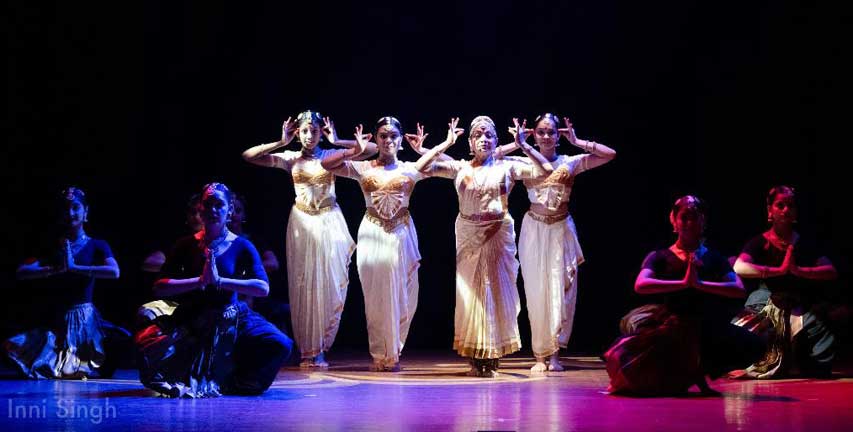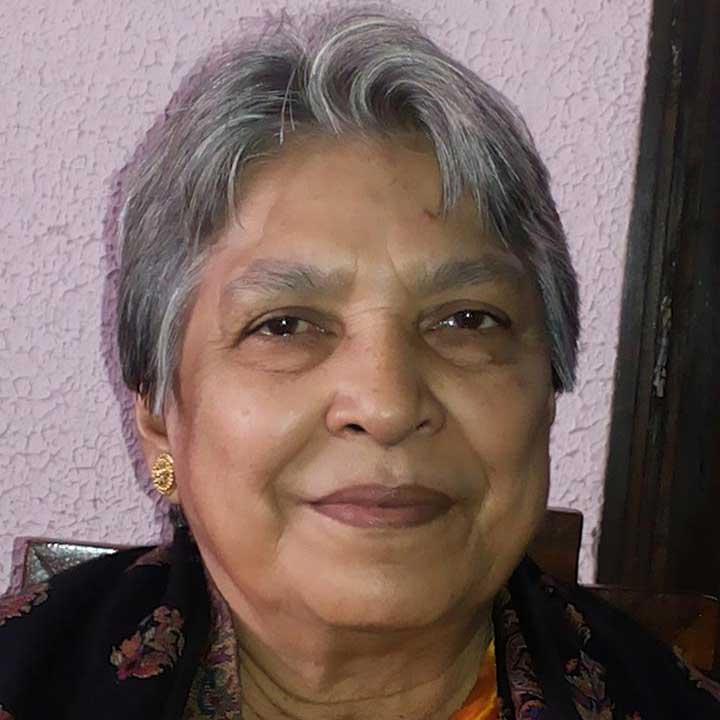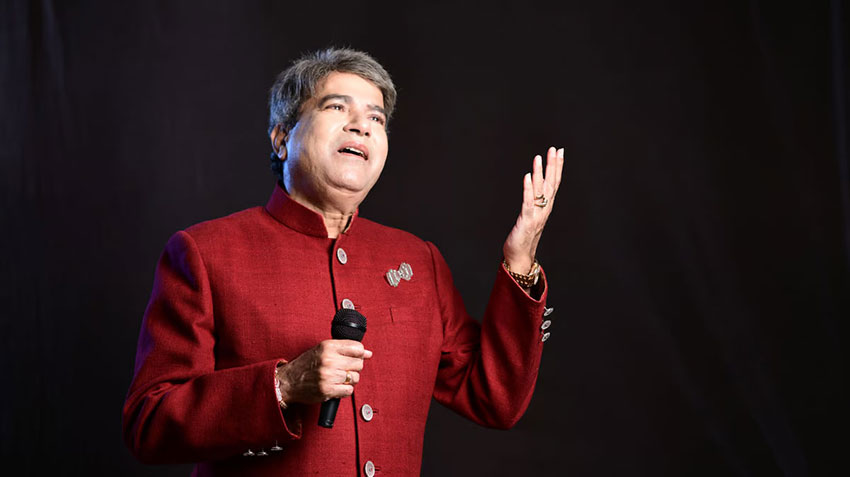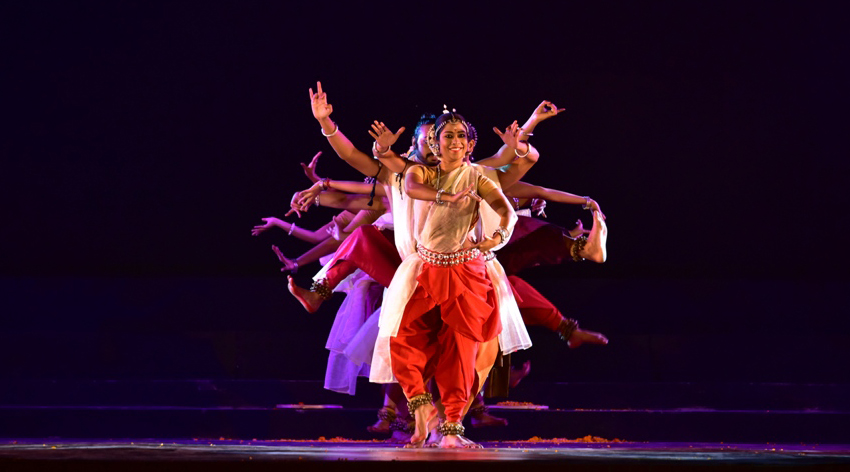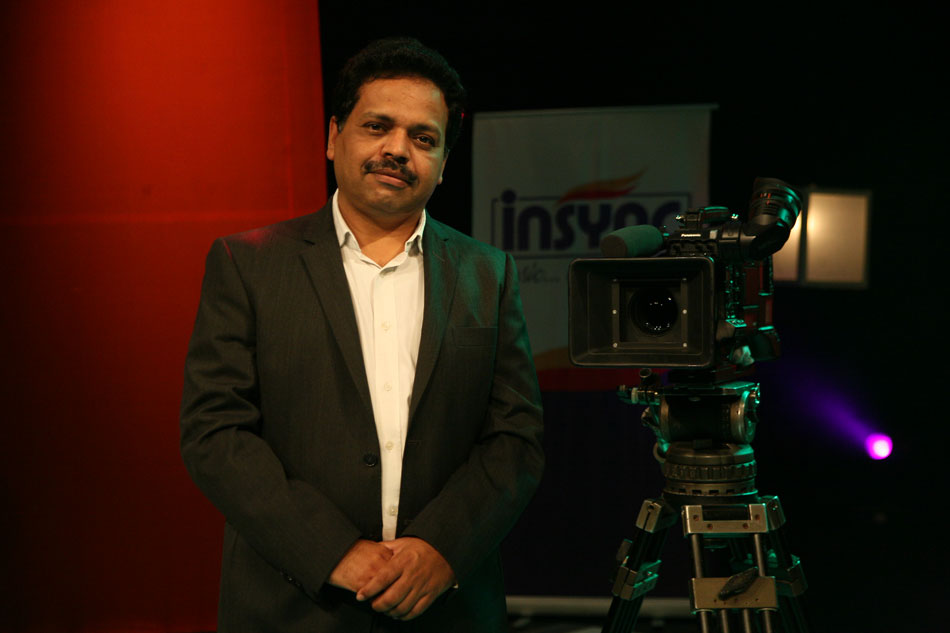The 22nd edition of Parampara Series was held on 10-11-12 August 2018 at Kamani Auditorium in New Delhi. Organised by Natya Tarangini Performing Arts Centre, Parampara featured eminent musicians and dancers like Vishwa Mohan Bhatt, Raja-Radha Reddy and Pt. Rajan-Sajan Mishra. Each day of the three-day long festival celebrated the Sangeeta. The first half of the evening was dedicated to dance while in the second half, well-known musicians regaled the audience with their heavenly renditions of sur and taal.
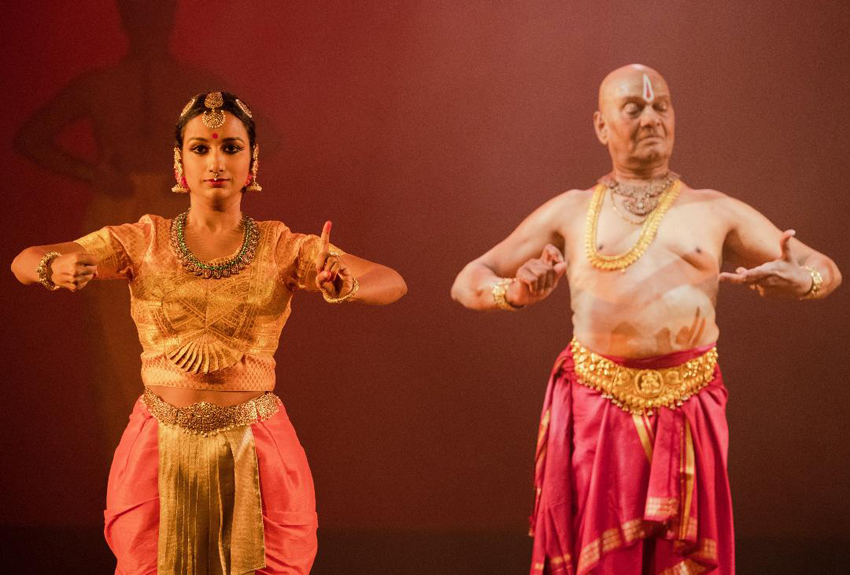
In the ancient Hindu scriptures, it is believed that before creation, when there was utter darkness, an endless Egg was materialised, in the midst of which, Pitamaha Brahma was present atop a lotus stem. When the egg burst and Brahma emerged, his principal head released Rig Veda; from his eastern head came out Yajur Veda; from the western head came out Sama Veda and from the mouth of the northern head materialized Atharva Veda. The splendour of Rig Veda gave a powerful sound ‘AUM’; the first segment was encircled by a second circle of Yajur Veda giving out a reverberation of AUM, the third circle of radiance being of Sama Veda furnished the resonance of AUM again and the final segment of ‘Atharva Veda’ too echoed the sound of AUM. This Sound was followed by the foremost Sound ‘BHU’; then came BHUVAH, followed by SVAHA; the Sum of these three echoes formed Surya the Sun.
‘Surya’ the Hindu god of the Sun is considered the creator of the universe, the main deity of the Navagrahas or the Nine Planets of Hindu Astrology. Surya is the centre who holds other planets in gravitational positions, in their orbits and they revolve around Surya. He is often portrayed as riding a chariot driven by seven horses, all with rays of light shining from them representing the seven colours of the rainbow.
Since radiance and radiation constitute the essential ingredients of Srishti (Creation) Surya is also considered the source of all life. Even Lord Brahma said that Surya Deva was the ‘Atma Swarupa’ or the Soul Form of the Universe as also the ‘Vishva Rupa’ and ‘Vishva Murthi’ (the Form and Profile of the Universe), and the Unique Embodiment of Luminosity and Heat which were the sine-qua-non of Existence. Brahma also said that Surya Deva was the nucleus of the Vedas, and the featureless ‘Para Brahma’ Swarupa possessing all powers of Creation, Preservation and Annihilation.
Surya is also worshipped as a symbol of health and immortal life. Surya is notably mentioned as the visible form of God that one can see every day. He is Savitur, the stimulating and animating Power of the Sun; Pushan, the Messenger and Knower of the Ways; Vivasvat, the Brilliant; Bhaskara, the Light-maker; Dinakara, the Day-maker; Loka-Chakshuh, the Eye of the World; Karma-Sakshi, the Witness of the Deeds; and Graharaja, King of the Constellations.
The Sun is the vision of the divine, who removes darkness and fills our body and soul with his radiance.
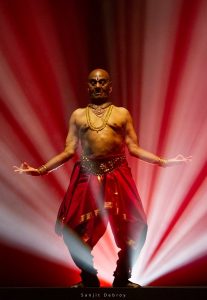
The hymn of creation was taken from the Nasadiya Sukta also known as The Hymn of Creation. Artistic Director Kaushalya Reddy presented this piece for the Parampara Festival 2018. It was Conceptualized by Yamini Reddy to the Music Composition of Kolanki Sai Kumar and P. Vidyasagar.
The choreography was by the veteran guru Dr. Raja Reddy.
The piece started with the birth of Surya. Dancers were arranged in a way to look like a ball, the lighting reflecting the seven colours of the sun was imaginative. As Radha Reddy and four dancers, all clad in white, danced in the forefront as the seven-horse chariot, at the back was Surya, enacted by Raja Reddy, executing with elegance dance movements to well recited mnemonics, (All mnemonics were recited in the charmingly husky voice of Kaushalya Reddy) resplendent in all the seven colours . The sun which is the main planet stood at the centre, with each of the other planets coming in, wearing appropriate coloured costumes, like planet Brihaspati wore a cream costume, while Sukra wore blue, Shani had a dark attire, Rahu was clad in light brown. Each of the planets executed pure dance to mnemonics as they encircled planet Surya and took their respective positions as is wont. The eight planets went round the planet sun with sargams. This is what is contained in the Rig Vedic verse 10.149.1. In plain and simple English the verse states that the Sun is the centre of the solar system and planets including the earth move in a closed loop path around it. Incidentally, the scientific study of Galileo proved this as late as the 16th century. That too the scientist was not hailed as a hero but was condemned by the Catholic Church as a heretic worthy of being sentenced to a life in prison.
The second part of the production again dealt with the scientific truth of the existence of five elements facilitated by the sun for which life on earth was made possible. The appearance of creatures like frogs, birds, swans brought the piece alive. This happiness was spread when the Kuchipudi duo Raja Radha Reddy rendered a pure and short dance piece to show the prevailing happiness given to mankind by Surya.
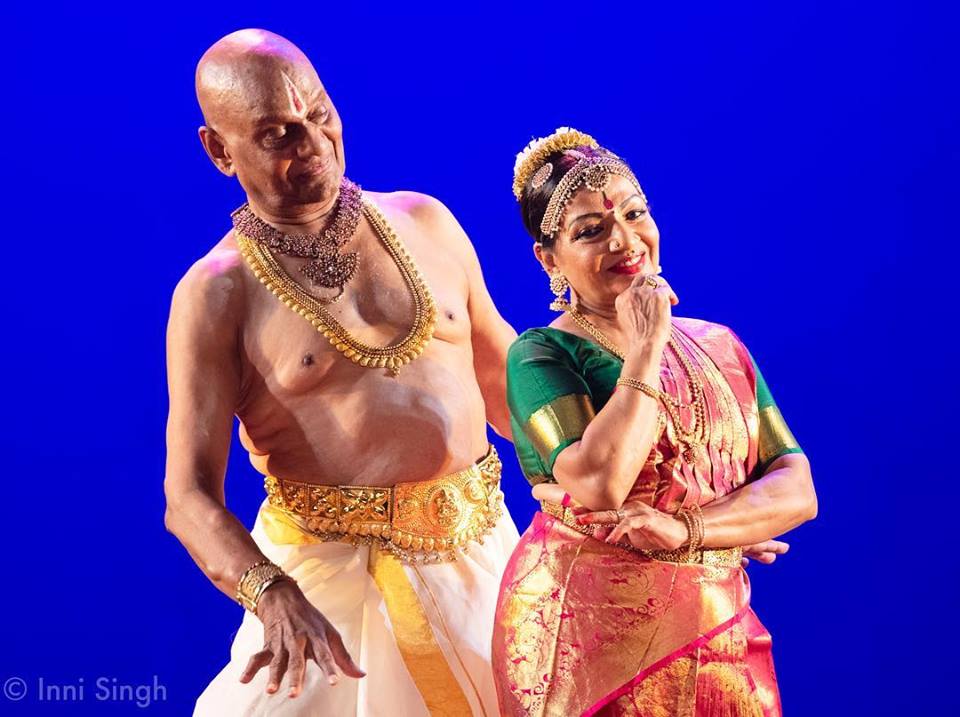
A big group of dancers in saffron coloured costumes took the stage next and performed a ritualistic dance of bathing and praying along with performing Surya Namaskar. Surya and his various qualities signified, by his various names were worshipped to the accompaniment of shlokas. The audience watched the spectacular show totally engrossed. The beauty of rhythm, chants, music, eloquent pauses, delineation of perfect mathematical calculations rendered through mnemonics, the dramatisation of parts transported us to a different world. Surya’s power in all his glory aroused awe and gratitude. With the dancers on stage, the audience bowed to Surya with them- “Twam Surya Namaha”.
[adrotate group=”9″]
The second half of the opening day presented Pandit Vishwa Mohan Bhatt and his son Sailen Bhatt. If the father was the creator of Mohan Veena, the son created what is known as Sattvik Veena. The sound system In the Kamani Auditorium brought out the very best in their music. They were accompanied by Anwar Khan and his son Roshan Khan, of the Manganiyar community who are basically folk singers to whom music is both a passion and a means of livelihood in the vast desert land of Rajasthan-residents of Jaisalmer where everything is scarce and they have worked their way up by selling tourism and romanticizing life under hard circumstances. “Desert Night” appealed to the imagination of the listeners who went into a reverie thinking of camel rides in the undulating desert land, ending with a neatly served candlelight dinner in the typical style the Manganiyars are familiar with and halting for the night in their humble huts specially readied for guests. Sang Anwar Khan, in his deep voice about yearning heroines in the rainy season and topics of such romantic stuff.

Music brought about a cheerful mood, what with the accompaniment of Goram Khan’s dholak and Ram Kumar Mishra’s tabla. All political, social, economic and personal troubles went into oblivion even if it was but for a momentary period.
On its second day, world-famous classical dancer couple P.V.Dhanajayan and Shanta Dhanajayan performed three pieces of dance. The first one was a shloka, “Om! Mushika Vahana modaka hasta, chamara kanna”. The language of hasta mudras described ‘mushika’, the Sanskrit word for mouse, while vahana is the vehicle. Who other than ‘parvati suta’ could it be? It is he whose vehicle is the mouse. He is the one who has a ‘modaka’-a popular sweet made of coconut sweetened with jaggery used as a filling in rice or wheat balls-in his hand and who has ears of the elephant. The verbal chant was described through pure dance with hand gestures as well as drama.
P.V. Dhanajayan wove magic with his beatific smile and total internalization of the learnt idiom. Besides being adept at Bharatanatyam, he has the Kathakali form in his grip. An exponent of Kathakali has to have the full knowledge of pure dance, gesture language and movements of facial muscles, enactment of different types of characters as well as dramatics. Therefore any subject in the hands of Dhananjayan comes alive. Ganesh stuti to appease the god was a treat.
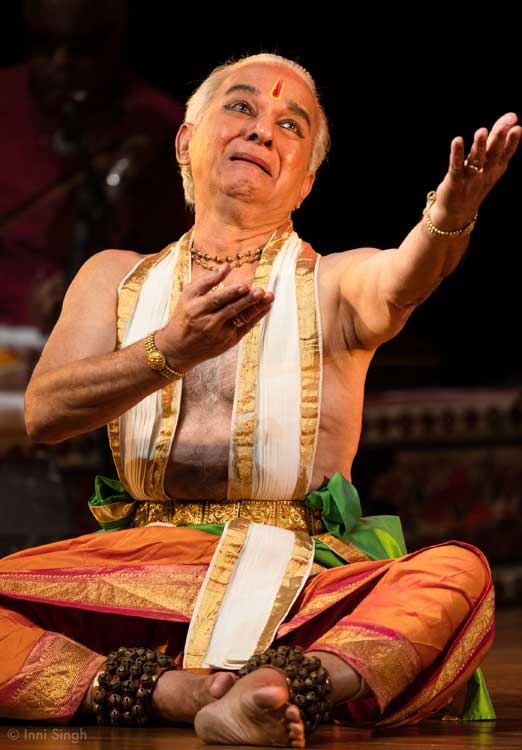
‘Sri Rama Abhisekh Bhangam’ was the well-known story of court intrigue initiated by Manthara who poisoned the mind of Kaikeyi to prevent Rama from being appointed the king, which breaks Dasaratha’s heart causes his death. Shanta Dhanajayan as Manthara was unbelievably good. She more than proved herself as a kingmaker to place Bharata, the son of Kaikeyi on the throne. Pavithra Srinivasan, the disciple of the Dhanajayans is an excellent dancer who displayed her gullibility and helped the story to move forward. The third piece in the repertoire was by Tulsi Das. “Ram Charan Sukh dayi” performed by Satyajit Dhanajayan gave the audience glimpses of the fine dancer that he is. Through natya and nritta, he regaled the rasikas with the myriads of activities and miracles performed by the incarnations of Vishnu, just by the touch of his feet. Rama the incarnation of Vishnu humbled proud king Mahabali by putting his third foot on his head and sending him to the underworld; Ahalya was freed from her curse so on and so forth.
[adrotate group=”9″]
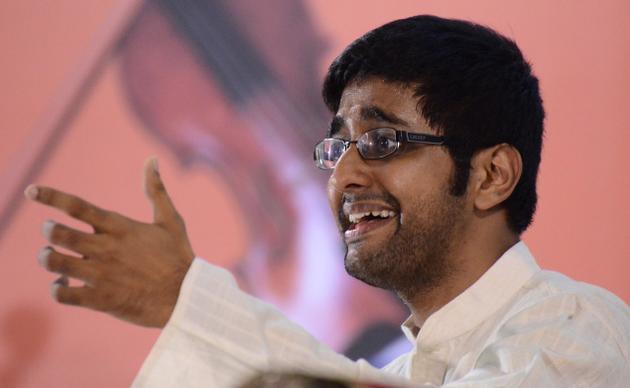
Vocalist Abhishek Raghuram who was a child prodigy and continues to rule the roost as an adult too made his way into the hearts of the rasikas with his soulful singing. He is equally adept at playing the mridangam which he learnt from Palghat Raghu. He has learnt vocal singing from his guru P.S. Narayanaswamy. Music is in his genes, because he has inherited it from Lalgudi Jayaraman who is related to him from his mother’s side. At this concert, he sang song after song without interruption. The knowledgeable rasikas was aware of the kritis he sang. Just as they knew the ragas, talas, the alapanas, tanas and all else, but the universal language that music is, penetrated into the hearts of the audience initiated or not. Abhishek’s music was just mesmerizing and haunting. Vidushi Akkarai Subhalakshmi’s violin and vidwan R. Shnakaranarayanan’s mridangam spelt magic.
Kathak exponent Uma Dogra regaled the audience with her presentation on the third day of Natya Tarangini’s Parampara series of 2018.
With her disciples, she sailed smoothly through the performance collecting kudos every point from the audience. Supported by energetic percussionist Satyaprakash Mishra, Vocalist Vaibhav Mankad, Sarangi player Sandeep Mishra and an experienced Sitarist Prajakta Gujar, Uma Dogra’s group Panchajati based on shlokas by different poets made a good start. The raga composition in this was unique. It started with Vachaspati raga and then touched upon ragas Bageshsri, Charukesi and Todi in an aesthetic manner. Uma emoted the role of the Sakhi who urged Radha to go and meet Krishna who was waiting for him and that her individual soul was ready to be united with the supernatural. The tablia, who was the son of the great tablia Kalidhan Mishra, took up the challenge as Ms. Dogra performed Uthan ki chalan, Amad, Padhant etc. The last piece Kreeda was performed with her students was a fifteen beat taal in Pancham Sawari.
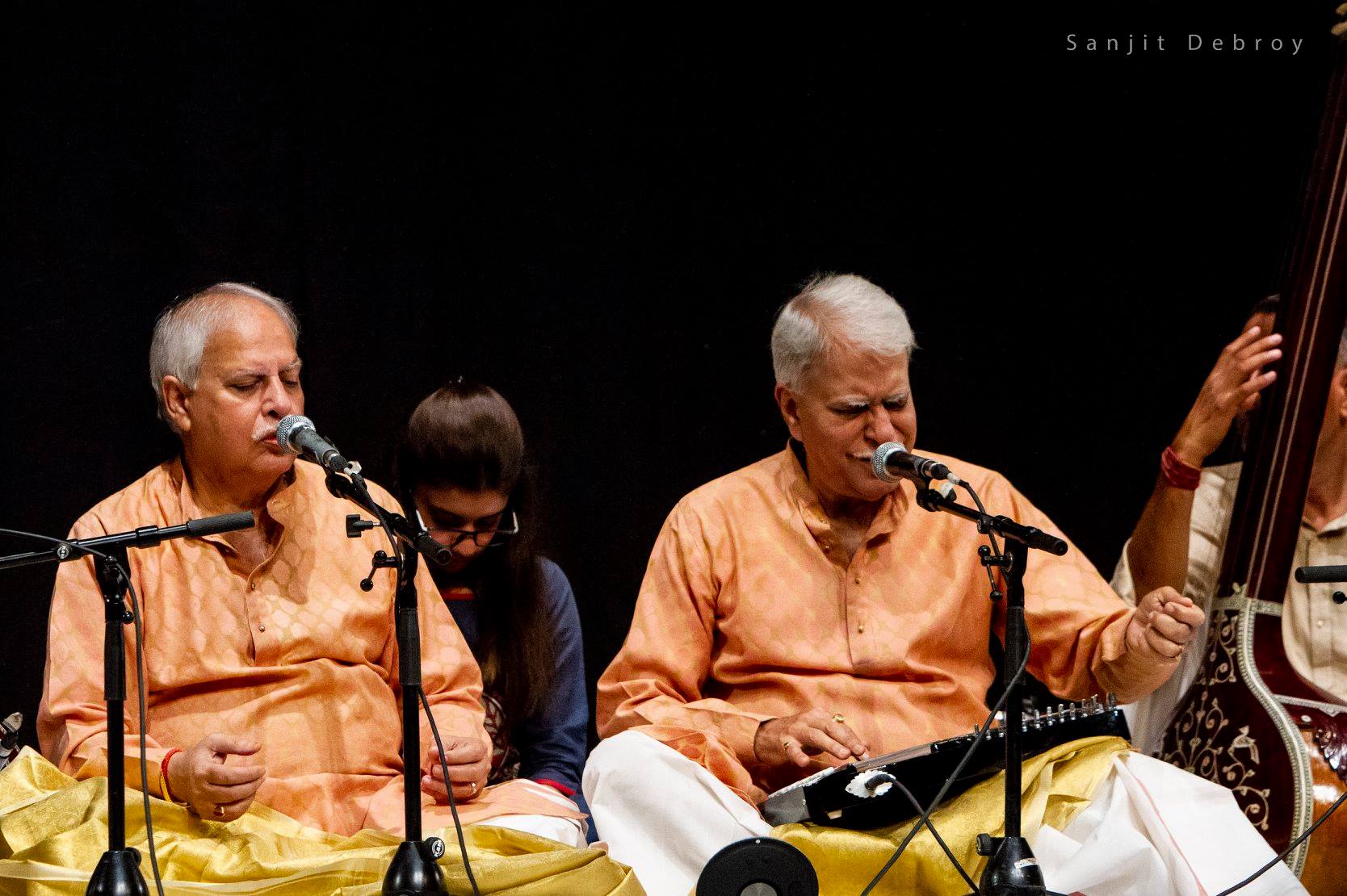
The festival came to a close with the vocal renditions of Pandit Rajan and Pandit Sajan Mishra, supported on the tabla by Pt. Rajesh Mishra and the harmonium by Shri Sumit Mishra. They started with the monsoon raag Mia ki Malhar and transported the audience into a state of ecstasy. They followed it up with raag Desh with Khamaj Thaat in their inimitable manner.
[adrotate group=”9″]



